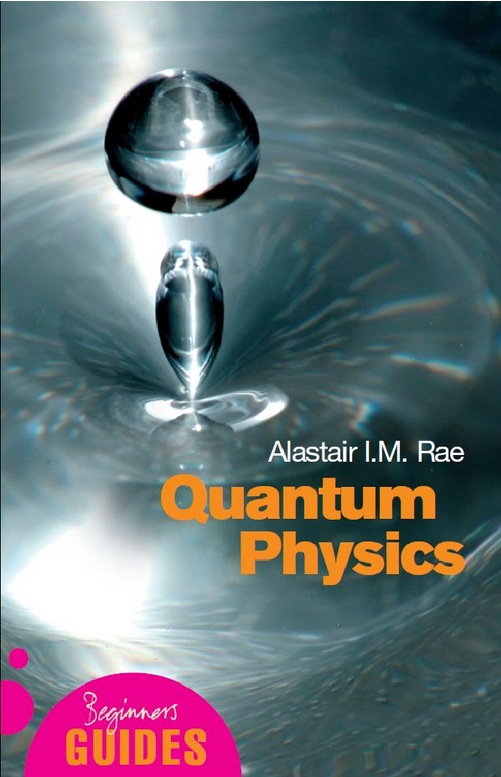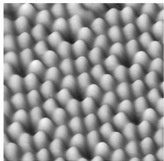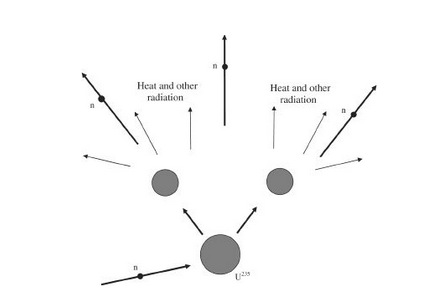It’s been 34 years since I graduated from the University of Minnesota with a degree in Electrical Engineering so I was curious about what has changed in quantum physics since then. Alastair Rae is the UK-based author who wrote the book – Quantum Physics: A Beginner’s Guide. I read this on my Kindle Touch e-book reader and iPad, preferring the Kindle for actual reading and iPad for better looking images.

In nine chapters I refreshed my memory on:
[LIST=1]
Since 1978 the physicists have given names to the quarks and found most of them.
I found it interesting to see the surface of Silicon through a scanning tunnelling microscope:

Fussion (sun and stars) and fission were explained.

When a neutron enters a nucleus of the uranium isotope U235, it becomes unstable and undergoes fission into two fragments along with some extra neutrons and other forms of radiation, including heat. The released neutrons can cause fission in other U235 nuclei, which can product a chain reaction.
Chapters 4 and 5 pertain most directly to our semiconductor industry with explanations on conductors, insulators and semiconductors. When talking about transistors the author writes about Biploar instead of MOS devices, so if he ever does another addition I’m hoping that he will add the dominant MOS device because it is so central to all of consumer and industrial electronics today.
Quantum bit or qubit was a new term that I hadn’t really heard of before: A quantum object that can exist in either one of two states or in a superposition make up from them.
Chapter 8 delves into some philosophical discussions on quantum behavior where the act of measuring an object erases its past state or spin. The popular sci-fi concept of multiple universes comes into play based on the notions of objects being in a superposition of two states at once and then applying that to people or worlds.
My Conclusions
I found the book easy to read and it was almost like I was back at the university again, although this time with no homework to turn in. If you want a physics refresher or have avoided physics entirely and are curious, then this book will be a help to your learning.








The Quantum Threat: Why Industrial Control Systems Must Be Ready and How PQShield Is Leading the Defense